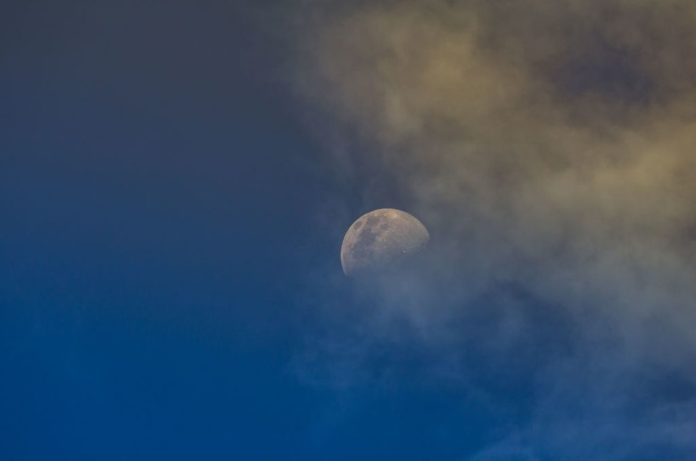On November 18 and 19, the Earth’s shadow will partially cover the moon disc. This will be the century’s longest satellite eclipse, lasting 3 hours 28 minutes 23 seconds. Don’t Miss it!
This unique astronomical event known as the frost eclipse may be seen from almost every part of the world, except Africa and the Middle East, between 07:18 and 10:47 GMT.
It will happen earlier or later in the evening for you depending on your time zone.
For East Coast watchers in the United States, the partial eclipse begins shortly after 2 a.m. and reaches its maximum at 4 a.m. For observers on the West Coast, this means that the storm will begin shortly after 11 p.m. and peak at 1 a.m.
You won’t need a telescope to enjoy its beauty.
The live broadcast of the eclipse will also be available on NASA’s official YouTube account.
Although partial eclipses are not as stunning as complete eclipses, they occur more frequently, providing “more opportunities to witness little changes in our solar system that sometimes occur right before our eyes,” according to NASA.
This will be the longest lunar eclipse to occur in the last 100 years, lasting about 3.5 hours. Another record eclipse happened in July 2018 – this time it lasted 102 minutes.
Image Credit: Getty
You were reading: When and where to observe the century’s longest lunar eclipse
